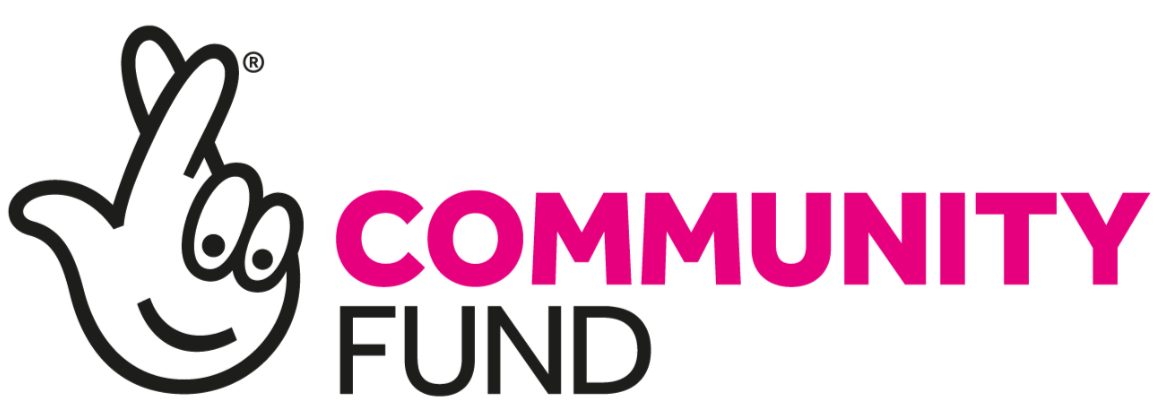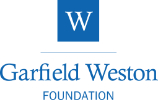September 20, 2022 | Mediha Kaya
The Cost Crisis – a Gendered Analysis
Women's Budget Group reports that the inflation rate for July 2022 was 10.1%, reaching a 40-year record. The increase in the price of food, energy and transport has had a negative impact on the most vulnerable households.
Due to lower wages and savings, women are less prepared to face the rise in the cost of living. After a decade of stagnant incomes and with real incomes falling, it is urgent to take action to protect families from poverty. The impact of the energy crisis on public services and small businesses is also likely to hit women particularly hard, as they are the majority of workers in most affected sectors like social care and education, and hospitality and retail.
Food prices have risen by 12.6% in the last year. The cost of some essentials like milk, pasta, bread, cereals, cheese and eggs have risen even faster. Sanitary products have also increased in price, making them unaffordable for many women and girls.
The cost of energy has risen sharply in the last year. It is estimated that by October 2022, bills will increase by 65%. Many families will fall into fuel poverty, being forced to decide between eating or heating during the winter.
Increased transport costs have contributed to high inflation in the last months. Transport prices have increased 15% in the last year, driven mainly by motor fuels.
Housing costs have also risen in the last year. The gender gap remains, making it harder for single women to afford private rent. Local Housing Allowance rates are frozen to 2020 levels, which means more people will have wider gaps between support and housing costs.
Childcare costs for two-year-olds and under absorbs nearly half of women’s average earnings. Childcare is currently unaffordable for many families, and women generally take up care responsibilities with their unpaid labour, undermining their financial resilience. Read full document
Share this article









